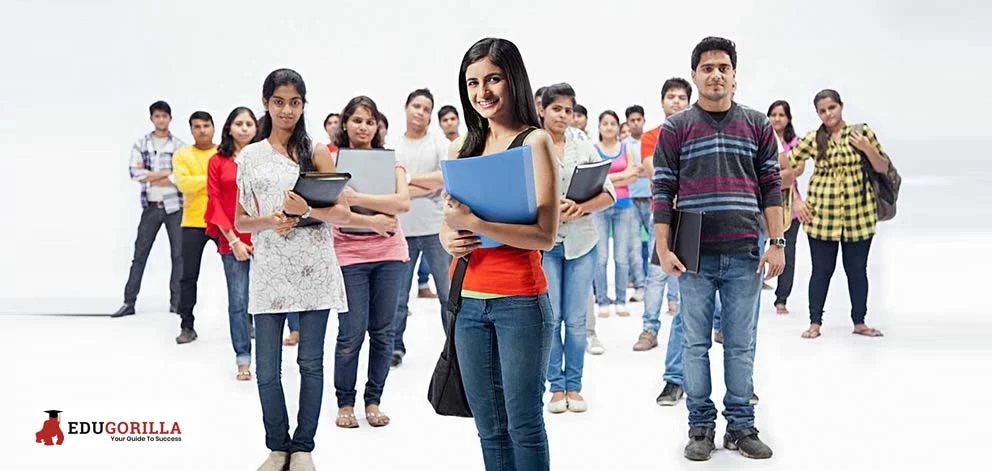It is common for schools to perform interventions to help students who are struggling in their studies. Quite commonly, some students struggle in subjects such as reading and math, thus requiring an extra push to be able to perform well and bring them up to par with other kids. School intervention programs are starting to become more common among schools, especially in elementary. But lately, there has been a clamor to extend the popular method to underachieving students. This is for the students studying in both high and middle schools.
When trying to help students who are a bit older than their peers, complications may arise. To get them back to grade level may require a lot of efforts. These attempts would be put into managing the child’s emotional and mental state. This is the reason why specialized school intervention programs should still be an option when educating students. Furthermore, these are needed especially more for those who tend to get left behind.
Motivating the middle school and high school students will be winning half the battle during an intervention. It is often a challenge even to the most seasoned teachers. This is more so especially nowadays where there are many distractions for students, with most coming in digital form. Through thick and thin, however, there are quite a number of successful programs that have been recorded. These schemes shed light on the possibility of implementing a program that could fit every student’s needs from all levels.
Variations in Approaches
Schools tend to have their own pace and culture in teaching their students. This is significant in trying to implement programs to boost their performance. It is worth noting that some programs can work very well in one setting but terribly in another. And, there are many reasons for this. Mainly, it is because of the many factors that contribute to the different learning environments that each school has. Culture also plays a part as study habits are oftentimes directly affected by it.
To get most out of the potential implementable programs you need to work together with teachers and students’ representatives. You require this to create a program that complements the academic program that is already put in place. You also need it to complement the student tendencies and capabilities exhibited by the majority. This could be done through a thorough survey of all students and the academic program offered.
With all this in mind, let us now look at some of the more successful approaches in school intervention that have been reported to have worked well across multiple sites. Schools wanting to implement their own can look at them as pointers, as well as warning signs when starting out the programs. The goal which is to motivate students and help them learn as much as they can at a reasonable pace should always be the ultimate goal and always be the main consideration for every decision the school makes.
Extra Hours
To motivate students, extra hours of work are to be given to students who perform poorly. Students who fail to submit requirements, for instance, would be given this time to complete it. And those who fail in tests would have to use this time to study with the help of instructors or on their own.
The rationale for this intervention program is that students do not want to do extra work after school. To prevent this, students would study harder and comply with requirements at an earlier time to ensure that they do not miss out on any submissions.
The extra school programs are often done in an extra hour after school or on Saturdays. Each day that the student fails to comply with a requirement, an hour is added to his “sentence”. For instance, if he fails to perform for a day, he will have to work an extra hour during that day. If the school chooses to do the extra hours on weekends, then each of those hours will have to be worked on during that time.
The Pros and the Cons
There are both pros and cons in either intervention program approaches. The 8th hour, as it is more commonly called will allow the students to stay on their toes and keep them from desensitizing the extra hour as most days would have fewer requirements than the other.
On the other hand, having extra hours during days could endanger students by making them stay late at school. This is especially more so for the students studying at schools situated in dangerous localities. This might not excite parents as well who would rather have their kids at home at more predictable hours. The other option to have the hours summed into Saturday’s can be better for the students as the long hours can mean that they can work on projects that take longer to make and they can also cover more ground in teaching long meetings. The downside comes as the kids start to plan weekend getaways as part of these learning sessions.
Taking Hours Off
Kids would rather spend the last afternoon of the week taking time to goof around with friends or come home early to watch their favorite shows and play their favorite games. This is the rationale behind the intervention programs which often is called fast Fridays. The way it works is that the student will be allowed the last afternoon of the week off if he/she completes all the requirements of the week with grades above 70%. This is a great motivator for kids who have many interests outside of school. It has been proven to work successfully especially in schools which are considered to be competitive. Students that fail to get the 70% mark will have to sit the Friday afternoons in school as supplemental classes. This will help them cope up and allow them to reach the same 70% mark so they can also take hours off.
Conclusion
School intervention programs can do so much for schools and students. They alleviate concerns of lectures that are not properly absorbed during regular classes. In the end, after graduation, it can definitely help in shaping the future of students by expanding the number of schools that they can choose from.
You Might Want To Read:
Pharmacology Question Paper 1 2015, Ugc Net Physical Education Question Paper 3 2010, Maharishi Dayanand University Rohtak, Best Cds Coaching Institutes In Allahabad, C B S E Board Class 10 English Question Paper 7, Kerala Sslc Result 2017, Delhi University Concurrent Course For Honours Programs Mock Test Paper 29, C D S Mathematics Question Paper 13 2014, Lal Bahadur Shastri Pg College Jaipur, Delhi University M A Buddhist 2Nd Year Mock Test Paper 6
Leave your vote
This post was created with our nice and easy submission form. Create your post!










Like what you read? Give author a thumbs up?
Bookmark this article to read later, drop a remark in comment section and share with your friends..